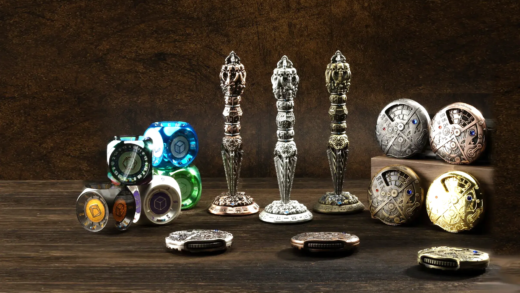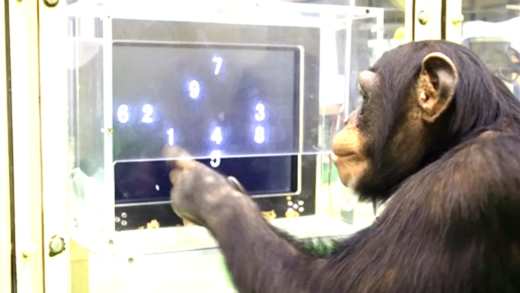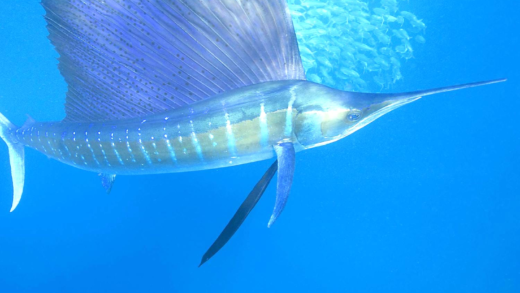Coconut crabs are the largest terrestrial crustaceans, playing vital roles in their ecosystems as scavengers and nutrient recyclers. They breed in the ocean, with larvae drifting to shore, and their adaptations for land life distinguish them from other crabs. Their diverse diets and unique life cycles highlight their ecological importance.
Coconut Crab Size: How Big Can They Get?
Coconut crab, known as the largest terrestrial crustacean, can reach impressive sizes. Adult coconut crabs typically weigh between 4 to 9 pounds (1.8 to 4 kg) and can measure up to 3 feet (0.9 meters) from claw to claw. This makes them significantly larger than many other crab species, including the famous blue crab and king crab.
In comparison, most crabs are much smaller. For instance, the blue crab averages around 1.5 feet (0.5 meters) across its shell. The coconut crab’s size is not just a matter of bulk; their long legs and large claws enable them to climb trees and navigate various terrains effectively.
Interestingly, coconut crabs grow throughout their lives, undergoing several molts. This growth pattern is somewhat unique among crustaceans, as they continue to increase in size for many years. Their remarkable size and adaptability make them a fascinating subject of study in marine biology.
Coconut Crab Habitat: Where Do They Live?
Coconut crabs primarily inhabit tropical islands across the Indian and Pacific Oceans. Their preferred habitats include sandy beaches, coastal forests, and rocky shorelines. These crabs are often found in areas where they can access both land and sea, as they require moist environments to survive.
Their distribution is quite broad, with notable populations in places like Christmas Island, the Solomon Islands, and parts of Madagascar. They tend to burrow into the ground to escape the heat of the day, which helps them maintain moisture and avoid predators.
In addition to their terrestrial habitats, coconut crabs are also known to climb trees, particularly coconut palms, to find food. This unique behavior allows them to access coconuts, their namesake food source, and provides them with a vantage point to spot potential threats.
Coconut Crab Diet: What Do They Eat?
Coconut crabs have a diverse diet that includes fruits, nuts, seeds, and even carrion. Their name comes from their fondness for coconuts, which they are capable of cracking open with their powerful claws. This ability to consume coconuts is a significant aspect of their diet and showcases their strength.
Additionally, coconut crabs are scavengers and will eat decaying organic matter, which helps recycle nutrients back into the ecosystem. This omnivorous diet contributes to their role in maintaining the health of their habitats.
To find food, coconut crabs use their keen sense of smell and can locate coconuts buried in the sand or fallen from trees. They often travel considerable distances to forage, demonstrating their adaptability and resourcefulness in seeking nourishment.
Coconut Crab Adaptations: Unique Features for Land Life
Coconut crabs have evolved several unique adaptations that allow them to thrive on land. These adaptations are crucial for their survival, given their large size and terrestrial lifestyle. One of the most notable features is their ability to retain moisture, which prevents dehydration. They possess a special gill structure that allows them to breathe air, unlike many other crabs that rely solely on water.
Moreover, their strong and robust legs enable them to climb trees, which is essential for accessing their favorite food: coconuts. Their claws are not just for cracking shells; they also help in digging burrows where they can hide from predators and escape the heat of the day.
Additionally, coconut crabs have a hard exoskeleton that protects them from environmental dangers. This exoskeleton not only provides physical protection but also helps in moisture retention. These adaptations make coconut crabs well-suited for life in diverse terrestrial habitats, showcasing their incredible evolutionary journey.
Coconut Crab Danger to Humans: Are They Dangerous?
Coconut crabs are generally not considered dangerous to humans, but caution is advised. Their large size and powerful claws can inflict painful bites if they feel threatened. While they are more likely to scuttle away than attack, there have been reports of injuries caused by their strong grip.
In some cases, they have been known to scavenge around human habitation, which raises concerns about potential interactions. It’s important to remember that coconut crabs are not aggressive; they are primarily scavengers and prefer to avoid confrontation.
To minimize any risks, it is advisable to observe these fascinating creatures from a distance and avoid handling them. They play a vital role in their ecosystems, but respecting their space is crucial for both humans and the crabs themselves.
Coconut Crab Life Cycle: From Hatchling to Adult
The life cycle of the coconut crab is a fascinating journey that begins when the female lays eggs in the ocean. After hatching, the tiny larvae drift in the ocean currents for several weeks before settling on the shore. This stage is critical for their development and survival.
Once they reach the juvenile stage, coconut crabs migrate to land. They gradually adapt to their new environment, growing larger with each molt. The transition from sea to land is significant, as they develop the necessary adaptations for a terrestrial life.
As they mature, coconut crabs can live up to 60 years, making them one of the longest-living crustaceans. Their growth is slow but steady, with adults reaching their impressive size after several years of development. Understanding their life cycle is essential for conservation efforts, as it highlights the importance of protecting their habitats.
Coconut Crab Reproduction: How Do They Breed?
Coconut crabs are fascinating when it comes to reproduction. The female coconut crab lays her eggs in the ocean, specifically in shallow waters where the larvae can thrive. These eggs hatch into larvae that drift in the ocean currents for several weeks before settling on shore. This early life stage is crucial for their survival, as it allows them to develop before migrating to land.
Once they reach maturity, coconut crabs exhibit unique reproductive behaviors. Males often engage in combat to win mating rights, showcasing their strength and size. After mating, females return to the ocean to lay their eggs, ensuring the next generation starts its life cycle in a safe environment. The entire process emphasizes the importance of both land and sea habitats in the life of these remarkable crustaceans.
Coconut Crab Ecosystem Role: Why Are They Important?
Coconut crabs play a vital role in their ecosystems. As scavengers, they help recycle nutrients back into the environment by consuming decaying organic matter. This behavior not only aids in nutrient cycling but also helps maintain the health of their habitats.
Additionally, coconut crabs contribute to the control of plant populations by feeding on fruits and seeds. Their foraging activities can influence plant growth and diversity on the islands they inhabit. By climbing trees and accessing coconuts, they also assist in seed dispersal, promoting plant reproduction.
Moreover, coconut crabs serve as a food source for various predators, including birds and larger mammals. Their presence in the ecosystem highlights the interconnectedness of species and the importance of preserving their habitats for ecological balance.
Coconut Crab vs Other Crabs: What Makes Them Different?
Coconut crabs stand out from other crab species in several key ways. Firstly, their size is a defining characteristic; they are the largest terrestrial crustaceans, significantly outgrowing most other crabs. While many crabs are adapted to aquatic life, coconut crabs have evolved to thrive on land, showcasing unique adaptations such as moisture retention abilities and specialized gills for breathing air.
Additionally, their diet is more diverse compared to many crabs, as they are omnivorous scavengers. While crabs like the blue crab primarily feed on fish and shellfish, coconut crabs consume fruits, nuts, and carrion, making them important recyclers in their ecosystems.
Lastly, their reproductive strategies differ, with coconut crabs requiring both land and sea environments for their lifecycle. This dual habitat necessity contrasts with many crabs that remain entirely aquatic. Understanding these differences enriches our knowledge of crustacean biology and ecology.





Comments are closed.